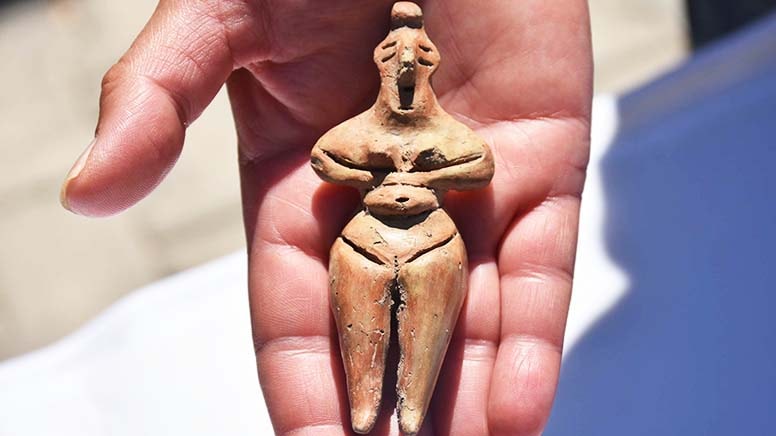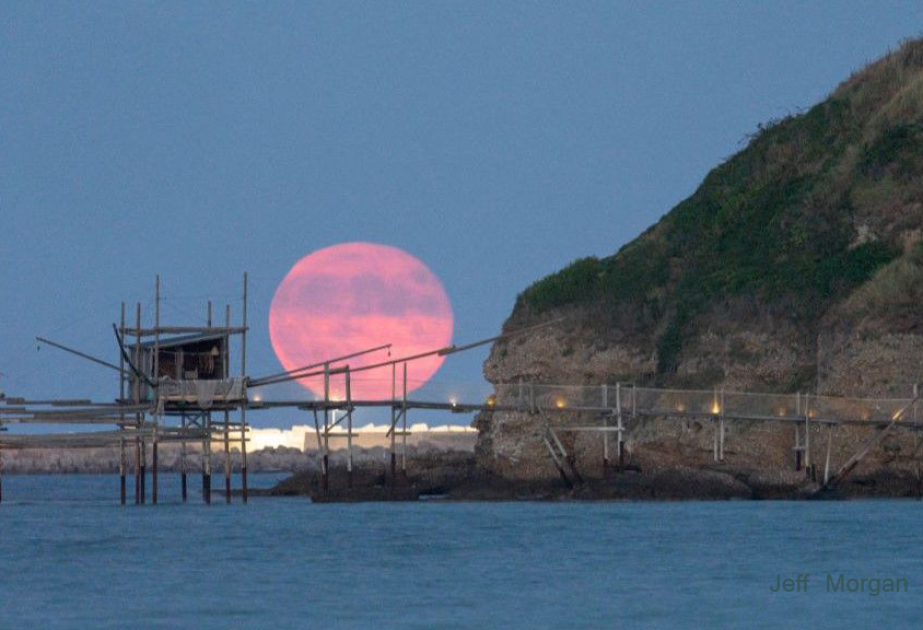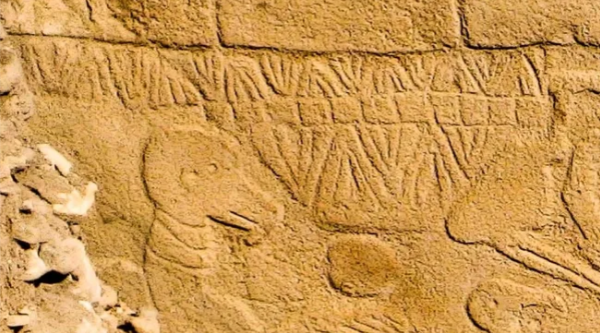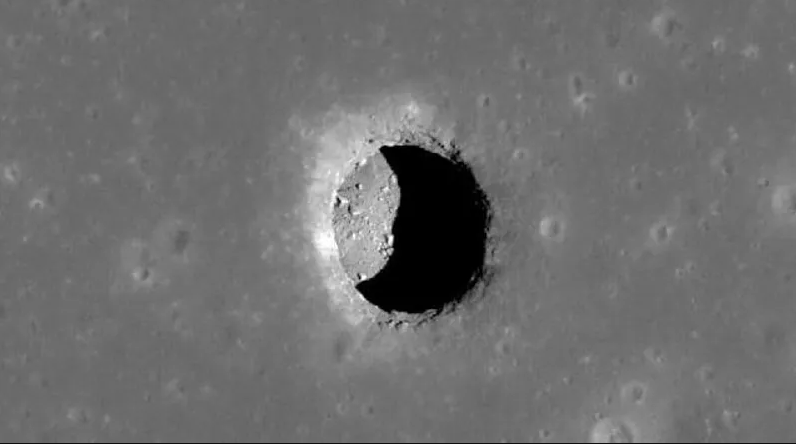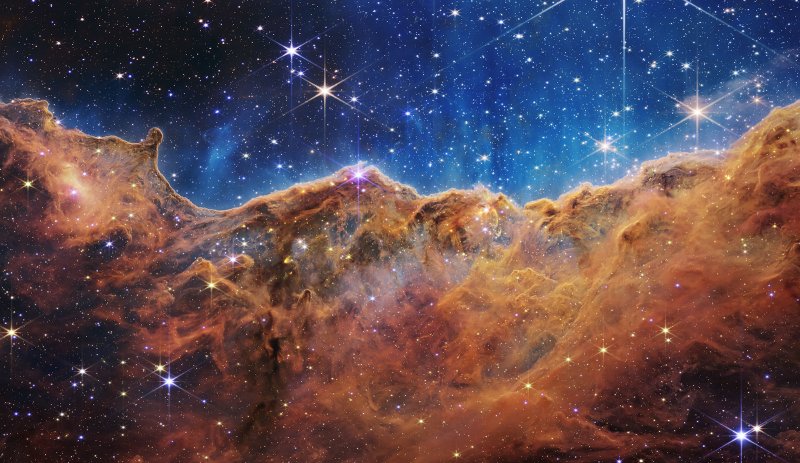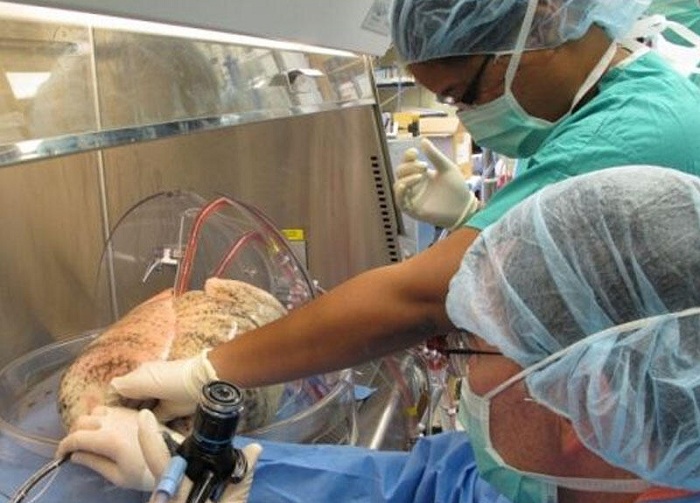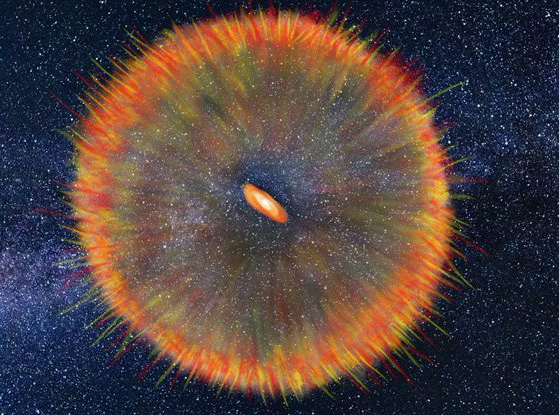
- A-
- A
- A+
Astronomers Have Caught a Rare And Massive 'Accretion Burst' in Our Galaxy
Here on Earth, we pay quite a lot of attention to the sun. It's visible to us, after all, and central to our lives. But it is only one of the billions of stars in our galaxy, the Milky Way. It's also quite small compared to other stars – most are at least eight times more massive.
These massive stars influence the structure, shape and chemical content of a galaxy. And when they have exhausted their hydrogen gas fuel and die, they do so in an explosive event called a supernova. This explosion is sometimes so strong that it triggers the formation of new stars out of materials in the dead star's surroundings.
But there's an important gap in our knowledge: astronomers don't yet fully understand how those original massive stars themselves are initially formed. So far, observations have only yielded some pieces of the puzzle.
This is because nearly all the known massive stars in our galaxy are located very far away from our solar system. They also form in close proximity to other massive stars, making it difficult to study the environment where they take shape.
One theory, though, is that a rotating disc of gas and dust funnels materials into the growing star.
Astronomers have recently found that the funnelling of matter into a forming star happens at different rates over time. Sometimes the forming star swallows up a huge amount of matter, resulting in a burst of activities in the massive star.
This is called an accretion burst event. It is incredibly rare: only three such events have been observed, out of all the billions of massive stars in the Milky Way.
This is why astronomers are so excited about a recent observation of the phenomenon. I was part of the team that recorded this observation. Now, our team and other astronomers will be able to develop and test theories to explain how high-mass stars gain their mass.
Similar News
Links



 Elm TV
Elm TV
 Photo
Photo
 Video
Video
